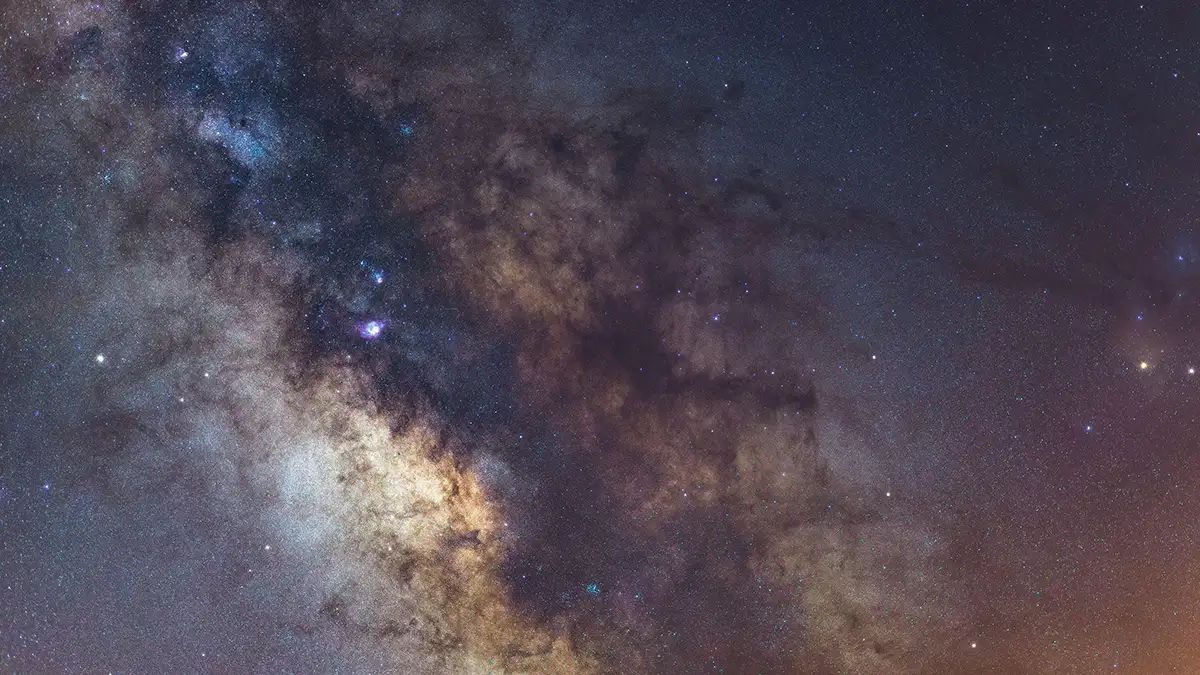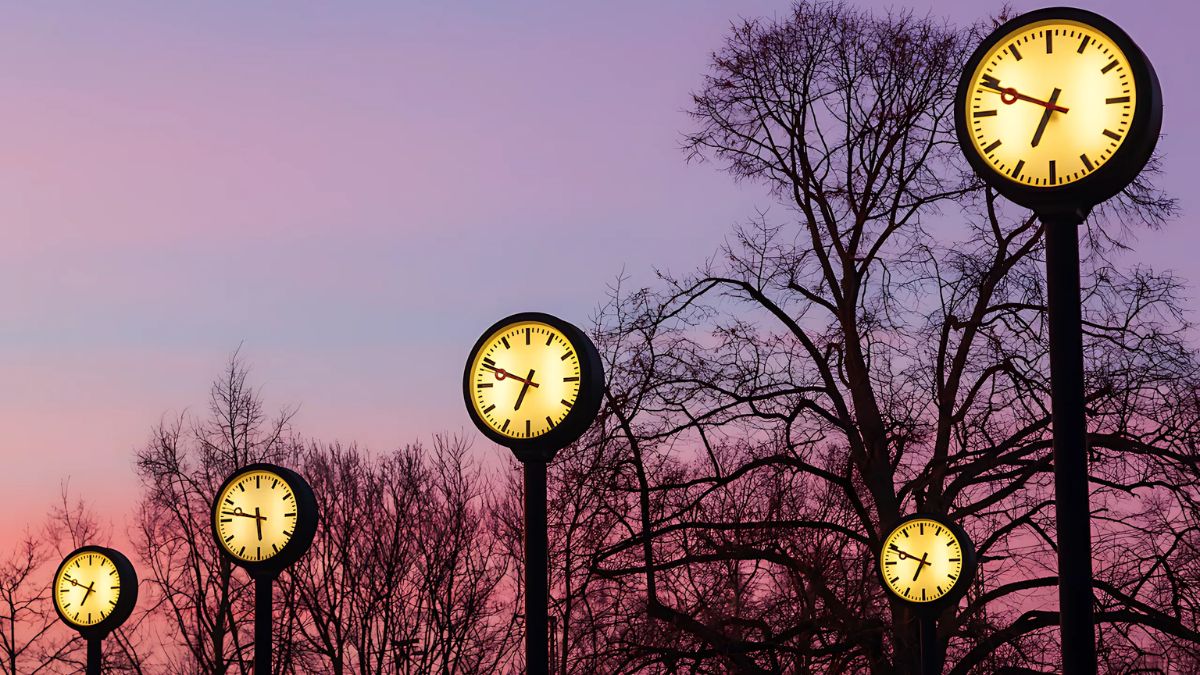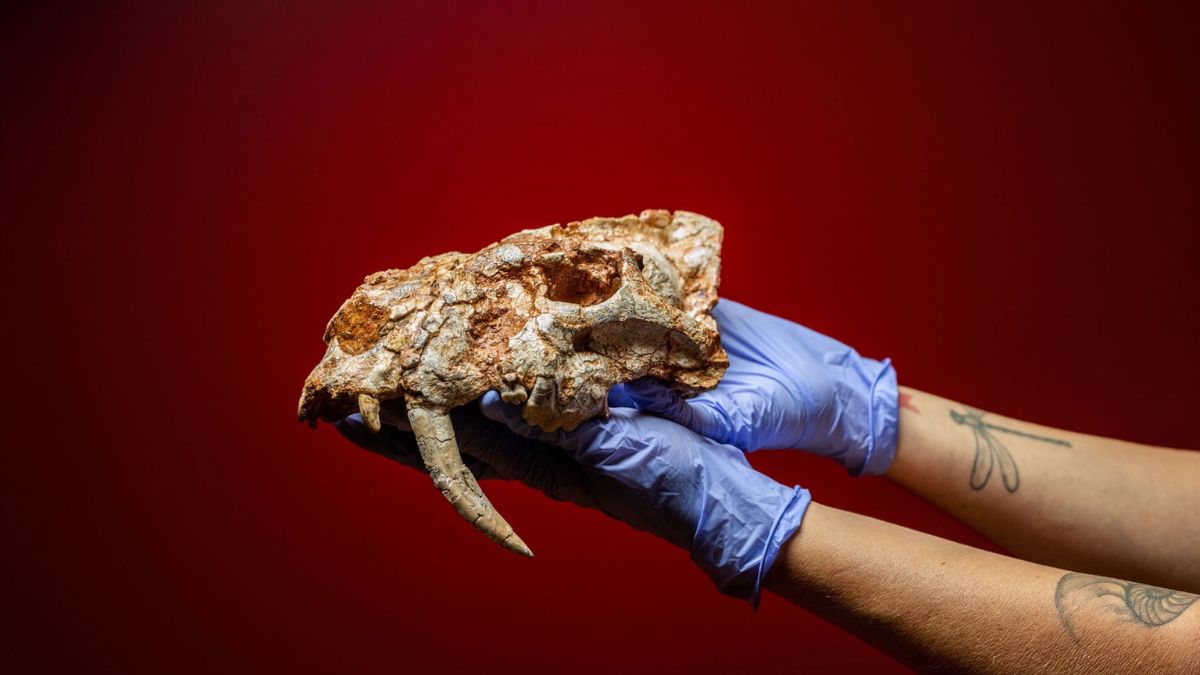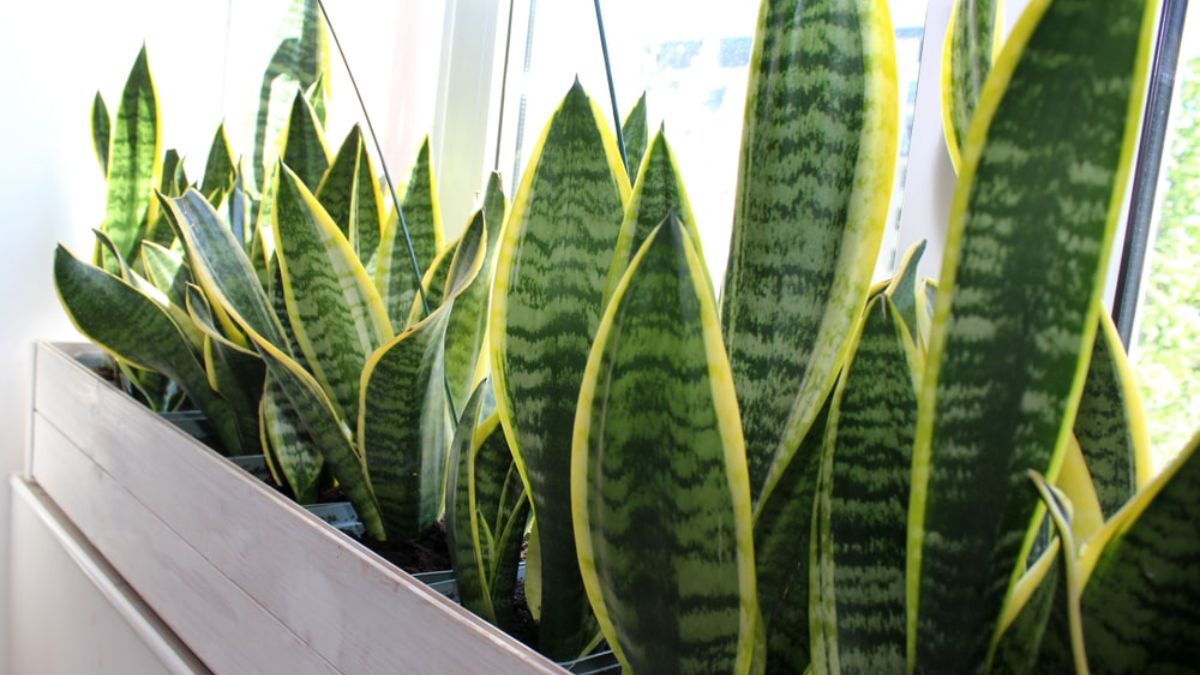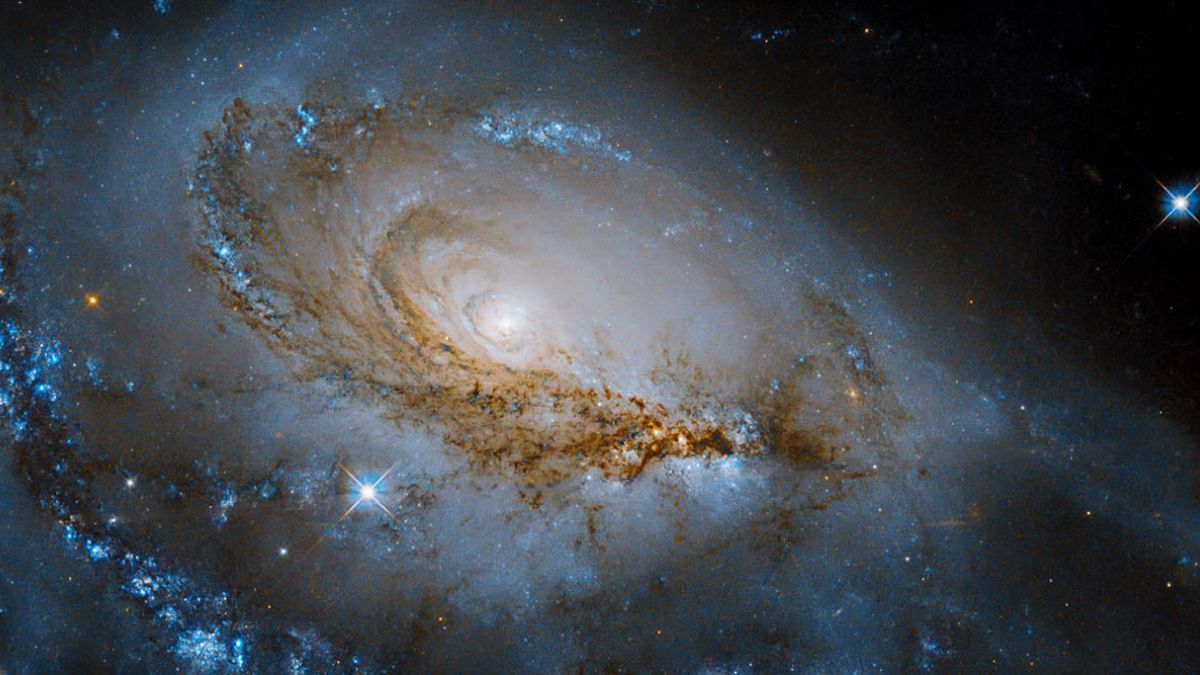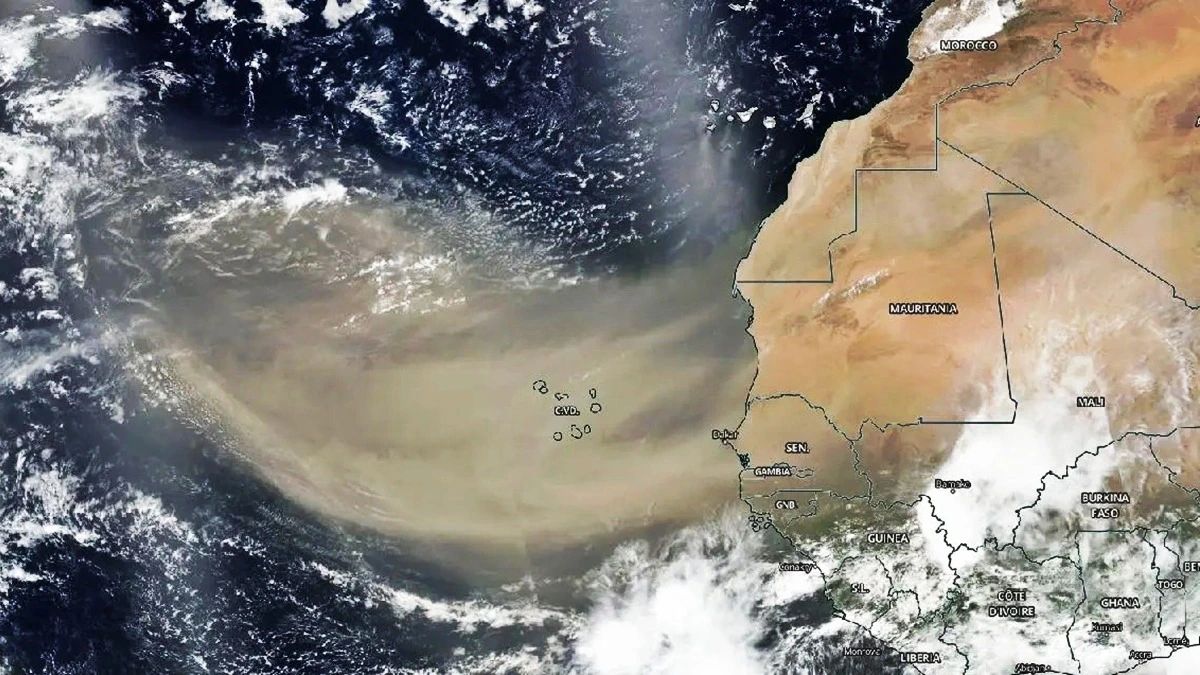If you’ve ever needed a reason to look up, June is handing you the perfect one. This month, the night sky is putting on a jaw-dropping show.
From a glowing Milky Way stretching across the sky to planets dancing at dawn and dusk—plus the summer solstice—June is when the cosmos reminds us just how magical the universe can be. Ready to catch the best celestial action of the year?
Galaxy
Let’s start with the biggest highlight: the Milky Way. While it’s always above us, June is one of the best months to see its core clearly. This is the heart of our galaxy, and no, it’s not something you get to spot every night unless you live far away from city lights.
This month, the galactic core rises majestically in the south after dark. It appears like a cloud of light, a soft glowing river of stars and dust across the sky—almost like something straight out of a fantasy movie.
Locate
But where exactly should you look? Face south from a dark spot, as far away from city lights as possible. No need for telescopes. If conditions are right, it will look like a glowing arch stretching across the horizon.
And if you’re not great at finding constellations—don’t worry, we’ve all been there—use apps like SkyWalker2. They use your phone’s GPS to point you directly toward the Milky Way and other cool celestial events.
Planets
Beyond our galaxy’s glow, June has a lot to offer in terms of planets. Here’s what you’ll be able to catch this month:
Venus and Saturn
They’ll be hanging out in the pre-dawn sky. Venus rises about two hours before sunrise, glowing bright. Saturn shows up around 3 AM and slowly climbs higher, drifting apart from Venus as the morning progresses.
Mars and Regulus
On June 16 and 17, Mars will pass extremely close to Regulus, the brightest star in the Leo constellation. You’ll see them almost touching—closer than the full moon appears in the sky. It’s quick though, so don’t miss that window.
Mercury
It’ll make a brief appearance during the last week of June. Just after sunset, Mercury will peek out above the western horizon. You’ll need a clear view and a little luck, but it’s worth it.
Jupiter
Only visible during the first few days of June. It appears low in the sky near sunset but disappears until early July.
Let’s sum it up in a quick table:
| Planet | When to See | Sky Direction | Notes |
|---|---|---|---|
| Venus | Pre-dawn (daily) | East | Rises 2 hrs before sunrise |
| Saturn | From 3 AM | East | Higher each day |
| Mars | June 16–17 | West | Very close to Regulus |
| Mercury | June 21–30 | West (after sunset) | Near horizon, very low |
| Jupiter | Early June only | West (sunset) | Fades from view mid-month |
Solstice
Let’s not forget June’s headline event: the summer solstice. This year, it falls on the night of June 20. In the northern hemisphere, that means the longest day of the year and the official start of summer.
Why does this happen? Because Earth is tilted on its axis. In June, the northern hemisphere tilts toward the Sun, giving us longer days and shorter nights. Meanwhile, in the southern hemisphere, winter begins with the shortest day of the year. Yes, it’s weird to think of someone wearing a parka in July, but that’s the southern vibe.
Calendar
Here are the celestial dates you don’t want to miss:
- June 16–17: Mars and Regulus closest approach
- June 19: Last quarter Moon rises with Saturn at 1:30 AM
- June 20: Summer Solstice (a.k.a. Midsommar)
- June 22: Moon and Venus visible together at 3 AM
- June 21–30: Mercury appears just after sunset
Whether you’re out with a telescope or just lying on a blanket staring up, June has something for everyone.
Rituals
Humans have celebrated the solstice for thousands of years. From Stonehenge in England to Chichén Itzá in Mexico, ancient structures were built to mark this moment when the sun reaches its highest point.
In many European countries, it’s still a day filled with celebration—bonfires, beach parties, and festivals all dedicated to the longest day. Why not join the tradition? You don’t need a stone monument, just a sense of wonder and a clear view of the sky.
So if you’re into astronomy, stargazing, or just feeling more connected to the universe, this is your month. The night sky is calling. Go look up.
FAQs
When can I see the Milky Way?
June nights offer the best view of the Milky Way’s core.
Where do I look to find it?
Look south from a dark place far from city lights.
Which planets are visible in June?
Venus, Saturn, Mars, Mercury, and Jupiter early on.
What happens on June 20?
It’s the summer solstice—longest day in the north.
What app helps find stars?
Apps like SkyWalker2 guide you to celestial events.

